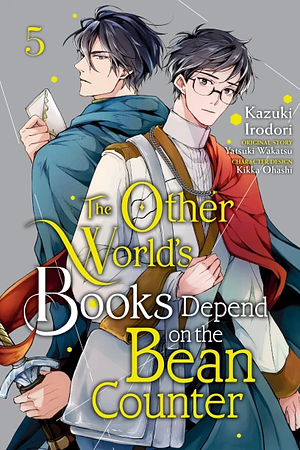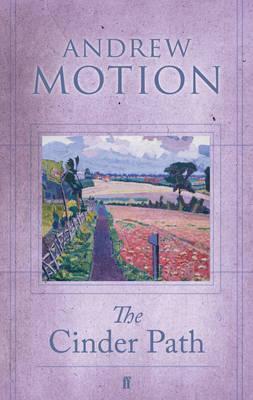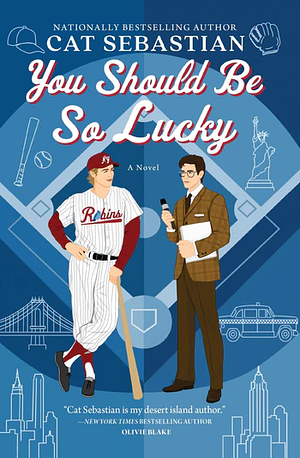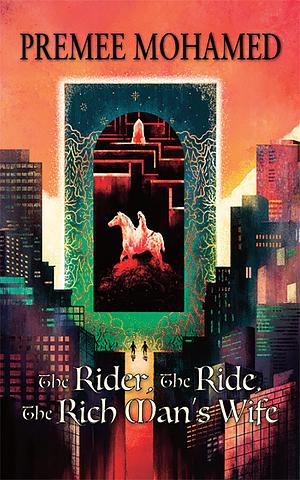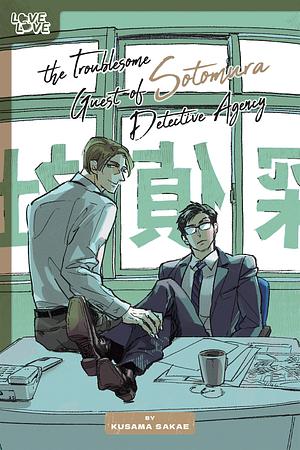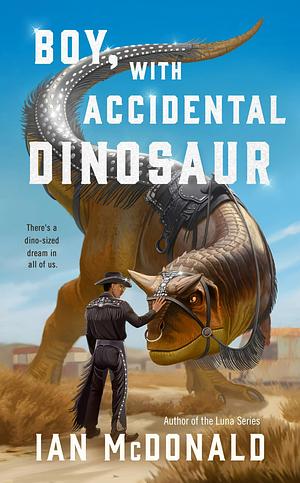
Boy, With Accidental Dinosaur
by Ian McDonald
Genres: Science FictionPages: 128
Rating:

Synopsis:Tif Tamim wants nothing more than to be a dinosaur buckaroo. An orphan in search of a place to rest his head and a job to weigh down his pockets, Tif has bounced from circus to circus, yearning for a chance to ride a prehistoric beauty under the sparkling lights of a big-top.
To become a buckaroo, Tif needs to learn the tools of the trade, yet few dino maestros want to take a scrawny nobody from nowhere under their wing. But when Tif frees a dino from an abusive owner and braves the roving gangs of the formerly-American west to bring the dino to safety, he catches someone’s eye. And boy, how those eyes dazzle Tif from the back of a bucking carnotaur.
I received a copy of this book for free in exchange for an honest review. This does not affect my opinion of the book or the content of my review.
I was a shoo-in for picking up Ian McDonald’s Boy, With Accidental Dinosaur, because… well… dinosaurs! There’s a whole world here built around the rodeo culture that grows up when dinosaurs can be brought through from the past, and it’s not always clear how important it is in general, whether dinosaurs are used outside the rodeo circuits, and even exactly how the rodeo world works. It feels like there’s a lot of potential that isn’t used, and there’s no reckoning with stuff that seems like it should be important (like a dinosaur getting sent back to the past after being shot with bullets which obviously shouldn’t be present in the past).
Mostly, it’s a sort of coming of age story for the main character, Latif, but even that seems a bit unfocused. I felt like I couldn’t see where the story was going, and once finished, I couldn’t see that we’d got much of anywhere at all. It felt like the author playing with the world more than creating a satisfying story.
There are some neat details and ideas, like the ocarinas/whistling used to communicate with the dinosaurs, and hints at the world outside the rodeo and the levels of technology around… but for me it didn’t come together.
Rating: 2/5 (“it was okay”)

